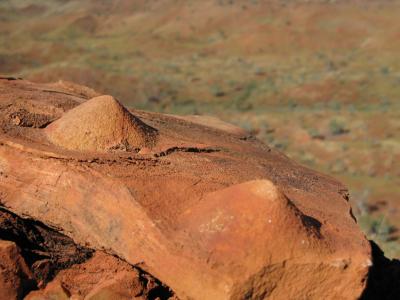
© Olivier Staiger
On July 22nd, the longest solar eclipse of the 21st century will take place in Asia. Traveling photographer Olivier Staiger took this picture from Shanghai, where he is waiting for the lights to go out.
"The high skyscraper with the hole is the Shanghai World Financial Center, the other one is the Jin Mao building," says Staiger. "The sun halo was caused by a hazy layer of icy clouds hanging over the city."
Shanghai is the largest city in China with a population greater than 20 million. On Wednesday, the Moon's shadow will linger over the great metropolis for nearly six full minutes, giving residents a stunning and lengthy view of the Sun's ghostly corona. In addition to Shanghai, the path of totality crosses a number of other large cities in India and China--e.g., Surat, Vadodara, Bhopal, Varanasi, Chengdu, Chongqing, Wuhan, Hefei, Hangzhou--each with populations numbering in the millions. This could be the best-observed solar eclipse in human history.

